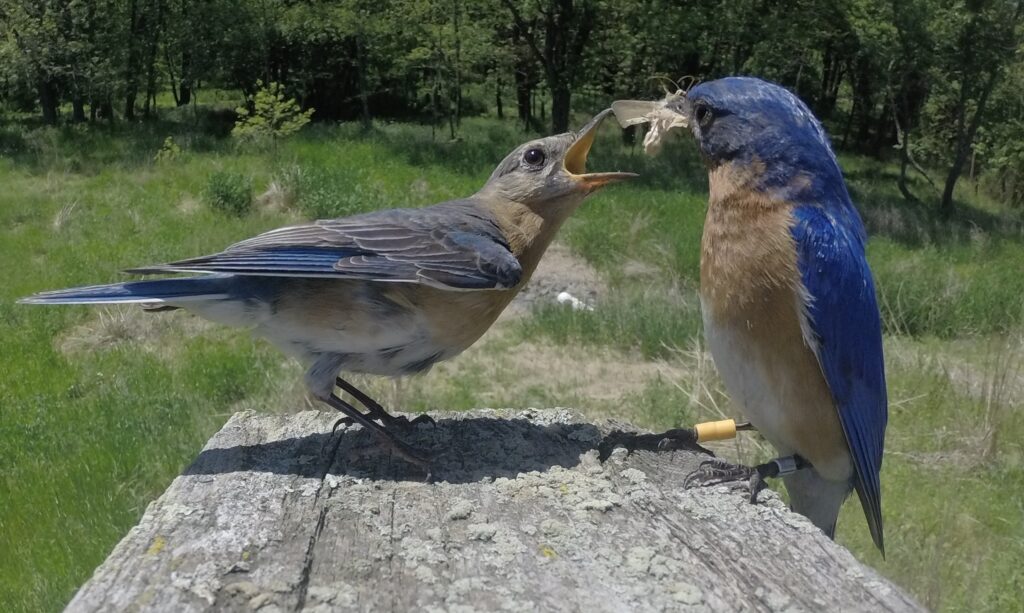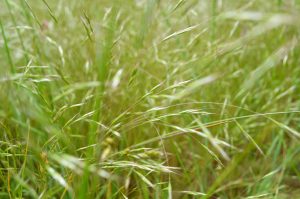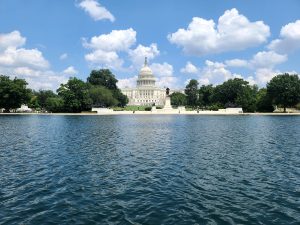The State of Delaware will soon be joining the group of Atlantic seaboard states that have legislation in place to restrict the commercial traffic of plant species that have been deemed to be invasive. Delaware’s legislation was introduced in the Senate in January of this year, was subsequently passed unanimously in both the Senate and the House, and is currently awaiting signature by Governor John Carney.
Invasive plants are a serious problem because of the havoc they create in natural landscapes. They are typically species introduced from Asia or other parts of the world outside of North America. Because they have not evolved in their new habitat, they lack natural methods of control and are able to outcompete and displace native plant communities. Invasive plants incur severe environmental and economic penalties, costing billions of dollars annually in the United States for invasive plant control.
Invasive plants that are found in the United States today were either introduced as ornamentals for landscaping purposes or were used by the federal government for erosion control, cover for wildlife, or other questionable purposes. A recent paper by researchers at the University of Delaware notes that 86% of the woody plants in North America are escapees from home gardens. In states without invasive species regulations, invasive plants can still be legally purchased at local nurseries and garden centers. In Delaware, Callery pear, a tree that is still popular in home and corporate landscapes, has escaped extensively into open areas in the northern part of the state. The tree is prohibited in the new legislation, but the new law by itself will not reverse the environmental destruction the tree has caused.
As invasive plants spread, they displace the native vegetation that provides essential habitat for wildlife. The U.S. Forest Service reports that invasive species have contributed to the decline of 42% of threatened or endangered species. Dr. Doug Tallamy of the University of Delaware has reported that insect populations essential to insect-eating birds decline whenever non-native ornamental or invasive plant species replace native plant communities. The reason is that plant-eating insects typically do poorly on non-native plants because they do not share a common evolution. As an example, oaks in the mid-Atlantic region of North America support 557 species of caterpillar-producing moths and butterflies, but there is not one verified record of caterpillars on Gingko, a tree native to southeast Asia. Research has shown that caterpillars are largest component of nestling diet of hundreds of species of migratory birds, being the primary diet for nestlings for over 75% of song bird families. Consequently, displacement of oaks and other butterfly and moth host plants by invasives contributes to the decline of many insect-dependent bird species. Invasive plants rank behind only habitat loss as the cause for the decline of those bird species.

Delaware’s invasive species legislation was drafted by Senator Stephanie Hansen following a review of the existing regulations of Connecticut, New York, Massachusetts, New Hampshire, and Maryland. The draft text was discussed at a meeting of the Delaware Native Species Commission and modified to accommodate the requirements for Delaware. The plant species that were included in the prohibited list were evaluated by members of the Delaware Invasive Species Council, using a Plant Species Assessment Protocol to rank the degree of invasiveness of a series of species. Species with scores in tiers 1 and 2 are included in the current bill; species with scores in tier 3 were included in a watch list, with potential for inclusion in the prohibited list at a later date. The list of prohibited species will be periodically updated to include additional species following subsequent evaluations.
The new Delaware legislation is important because it draws attention to the fact that not all landscape plants are harmless components of the landscape. Many are environmentally and economically harmful, and the law makes clear the undesirability of the 37 species on the list. In Delaware, 92.6% of the land is privately owned, and it can be assumed that approximately the same percentage of the biomass of invasive species in the state is on private land. The hope is that the new law will send a signal to private property owners that they ought to consider removing any invasives that are on their properties. It is to be expected that some will, and it is encouraging to know that whatever is done to mitigate the damage caused by invasives, it will contribute to the improvement of Delaware’s natural environment.
This article is posted as part of National Invasive Species Awareness Week.

About the Author:
Steve Cottrell is a board member of the Delaware Audubon Society and is active with conservation projects for protecting bird habitat in natural areas. As a licensed pesticide applicator in Delaware and Pennsylvania, he works year round on removing invasive plants on private property and in state, county, and municipal open space.
Photos by Ashley Kennedy.




